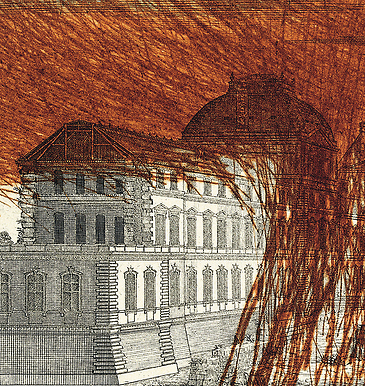Engraving Three eagles' heads and three men's heads in relation to the eagle
KMU01101
Read more
Sold by GrandPalaisRmn
- Delivery
- Order shipped directly from Ateliers d'Art within 3 weeks.
- Maintenance
- Eviter toute source d'humidité et de lumière directe. Ne pas plier la feuille
- Printing Technique
- Non renseigné
- Size of the sheet
- 50 x 65 cm
- Copper plate size
- 25 x 34,5
- Artist
- Charles Le Brun (1619-1690)
- Theme
- Made in France
- Editor
- Ateliers d'art de la Rmn-GP
- Original work kept at
- Paris, musée du Louvre
- Reference
- KMU01101
- EAN
- 3336729197019
- Matière de l'article
- Hahnemühle paper
- Model dimensions
- 65cm x 50cm
Secure payment CB, Visa, Mastercard, Amex, Paypal
Satisfied or refunded 14 days to change your mind
Shipping within 1 to 2 working days according to the delivery option chosen






















